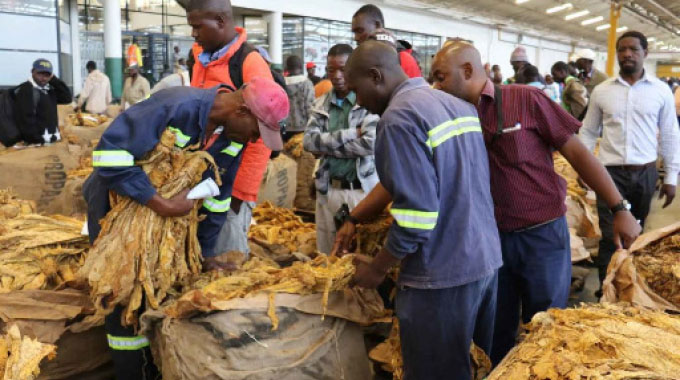Rich pickings for goat breeders

Elton Manguwo
SMALL-SCALE goat farmers have witnessed an increase in the value of their goats following the intervention of the Zimbabwe Agricultural Growth programme (ZAGP) to address marketing constraints along the goat value chain.
The programme helps create a fair trading platform for the small-scale goat farmers and key off-take butcheries to ensure that they extract maximum value from their animals.
It is a Government initiative funded by the European Union to address value chain bottlenecks in the goat value chain.
ZAGP programme team leader Mr Newton Chari explained that the model had proved efficient with 2 309 goats weighing 25 306 kilogrammes having been sold by 683 farmers through the direct marketing approach and generating US$78 618 as at October 2022.
“This direct marketing has significantly pushed up profit margins for farmers to reach an average of 30 percent compared to farm gate prices and sales through intermediaries or middlemen,” said Mr Chari.
The programme is working with goat farmers’ associations established in 20 districts to form production corridors that supply meat and meat products directly to independent licensed butcheries. Mr Chari highlighted that the demand for goat meat far outweighed the supply adding that he hoped more and more farmers would migrate from informal sales to the direct marketing strategy.
The programme 10 000 registered farmers working in formalised ward and district groupings known as goat producers’ business associations that are tasked with driving and coordinating the commercial interests of the farmer members.
Mr Chari added: “Prior to adopting the direct meat marketing system the project boasted a total of 1 500 butcheries in Harare and Bulawayo that worked with the farmers giving them targeted meat quantities to supply in some kind of contract arrangement.”
“From there another 528 butcheries that needed weekly quantities of 19 502kg of goat meat also joined the fray.”
The programme further aims to increase production, productivity, market competitiveness and organisational efficiencies for goat and pork producers, while it also addresses market end constraints. There are deliberate efforts to increase efficiencies at the production node through promotion of good animal husbandry practices such as dipping, vaccination, supplementary feeding – all aimed at reducing high mortality rates.
Additionally, the programme imported 326 top quality breeding stock to add towards the national breeding herd and gene pool.
“Propagation and distribution to farmers is ongoing at goat improvement centres and private sector integrators. This will contribute to an increase in goat numbers,” said Chari.
The value project works with small and medium-scale goat producers mainly based in rural areas falling under Natural Regions 4 and 5 where goats thrive easily.







Comments